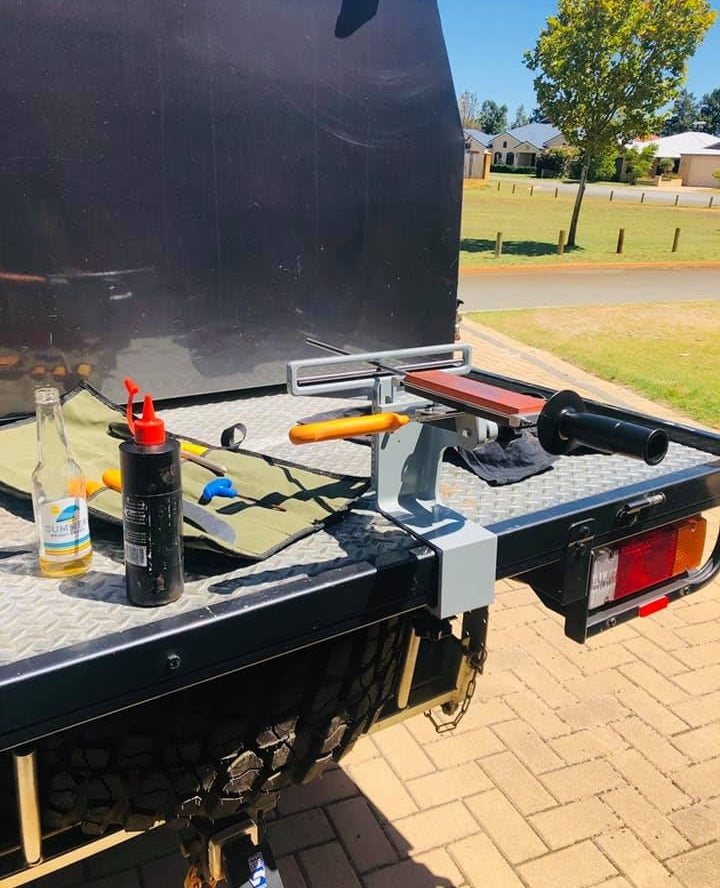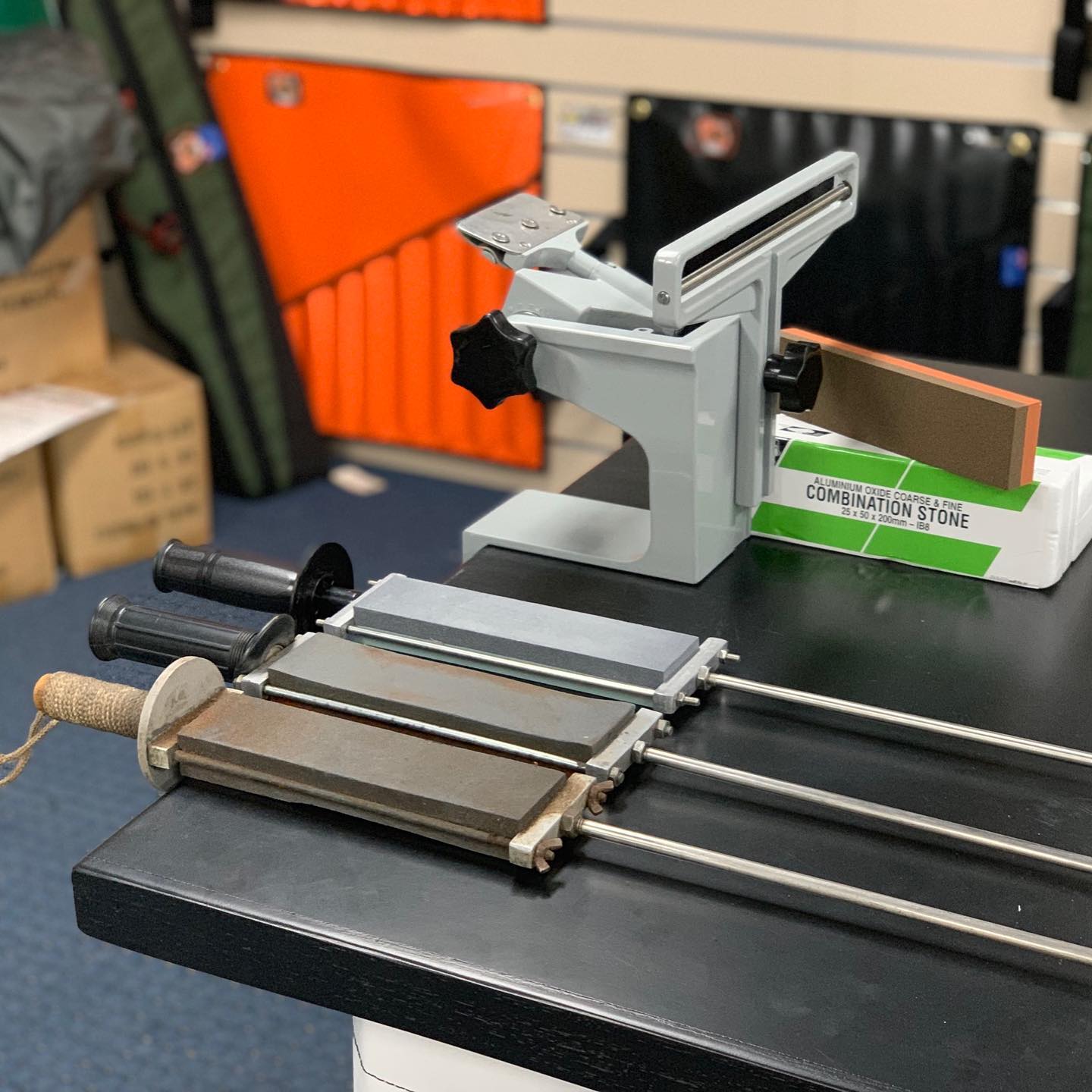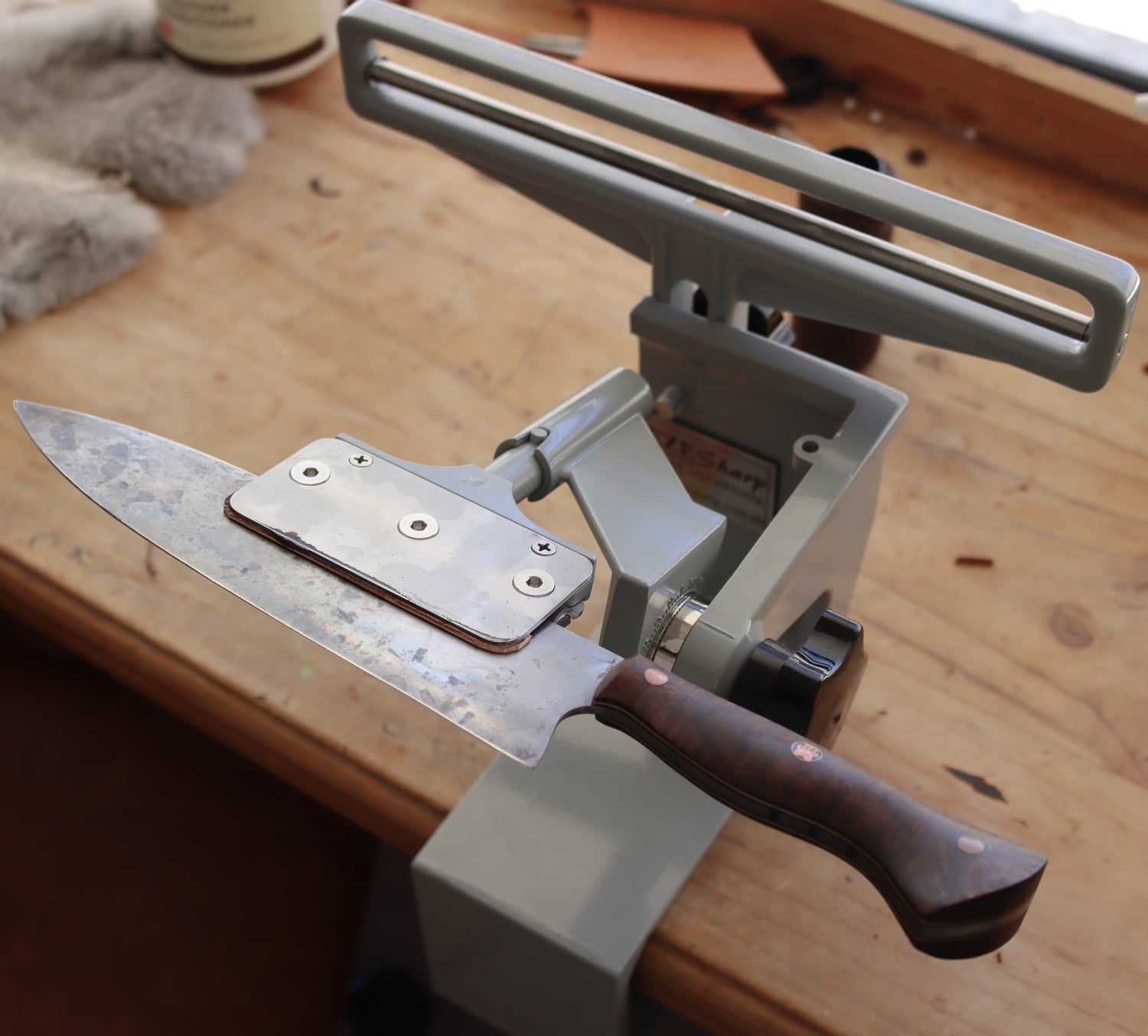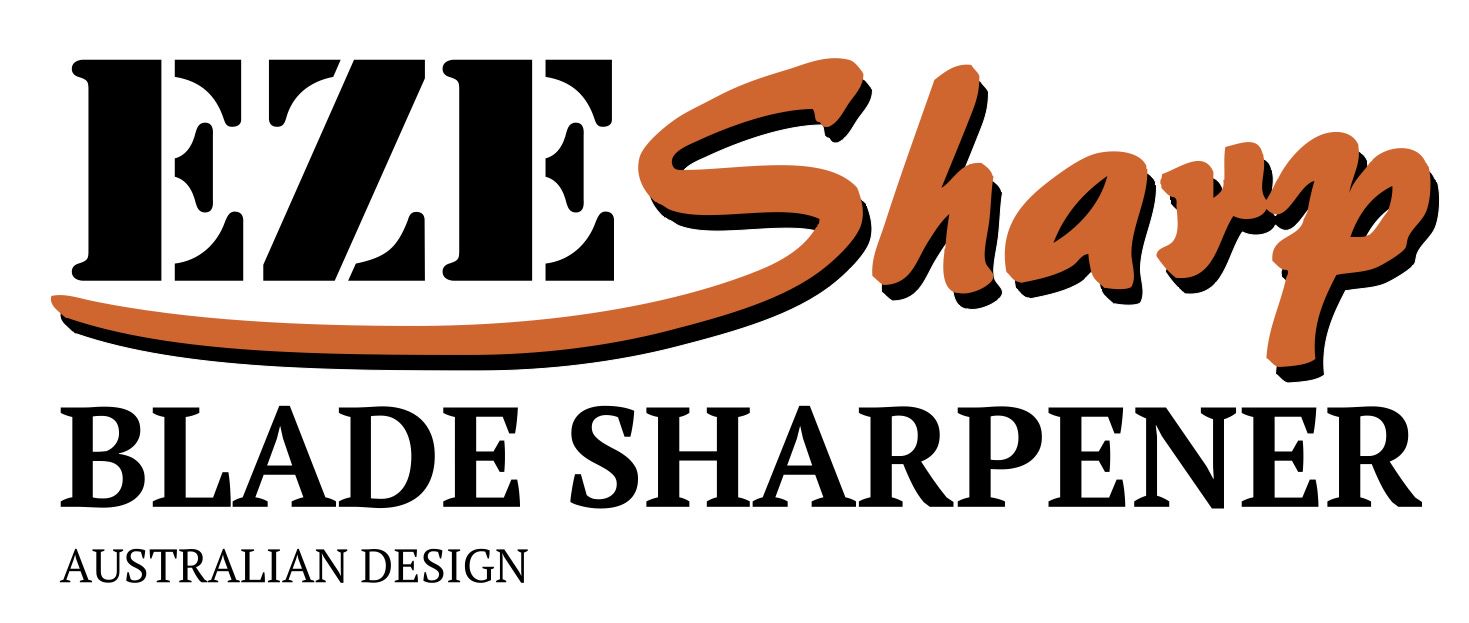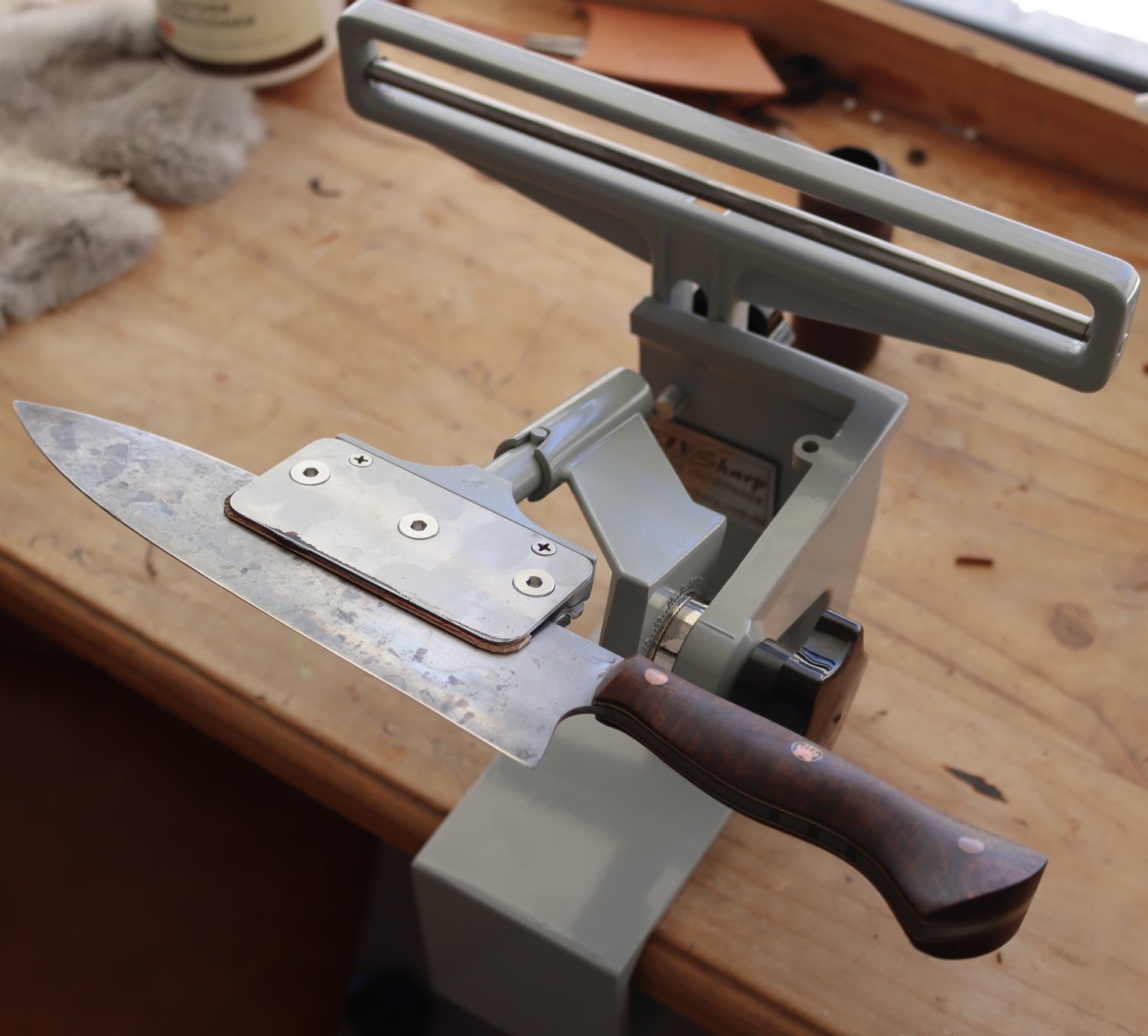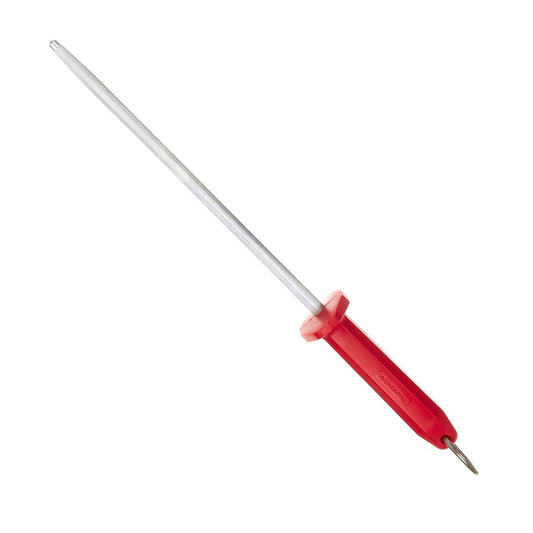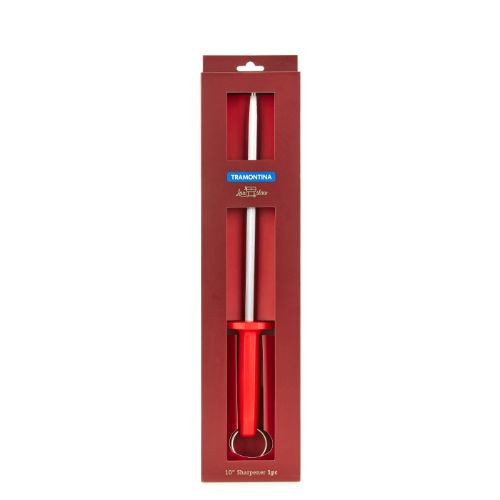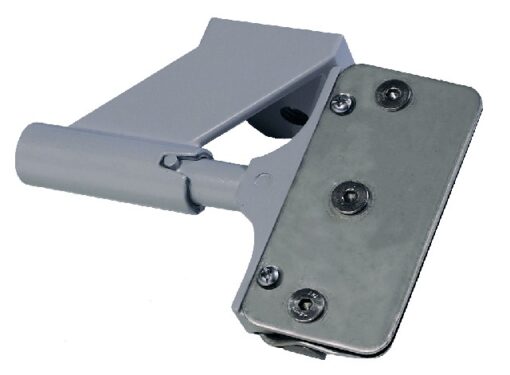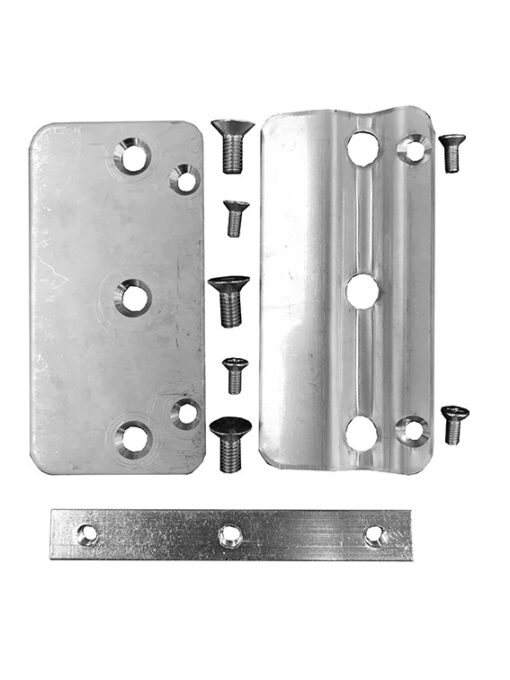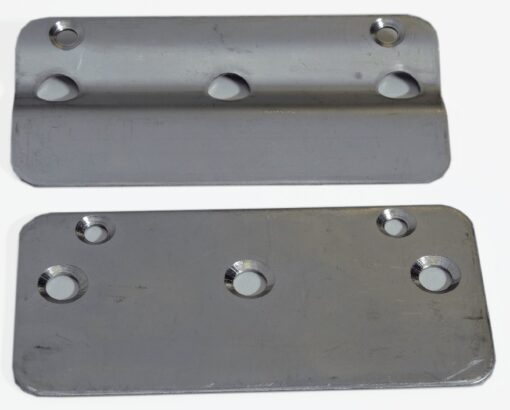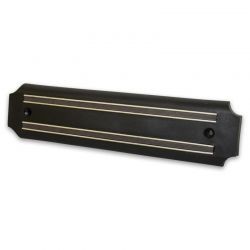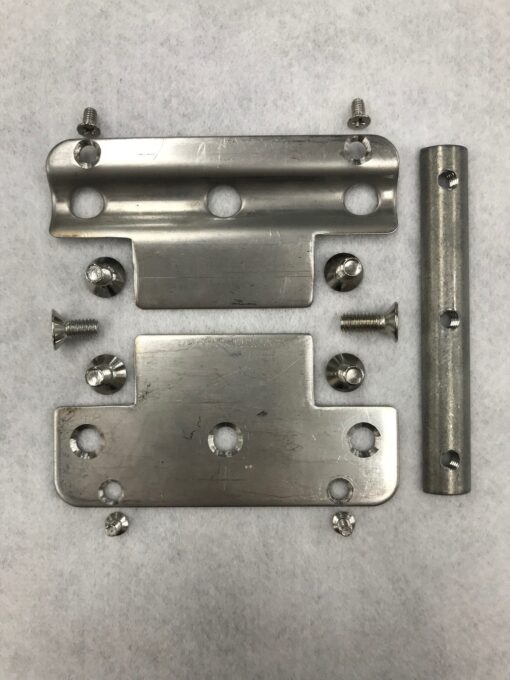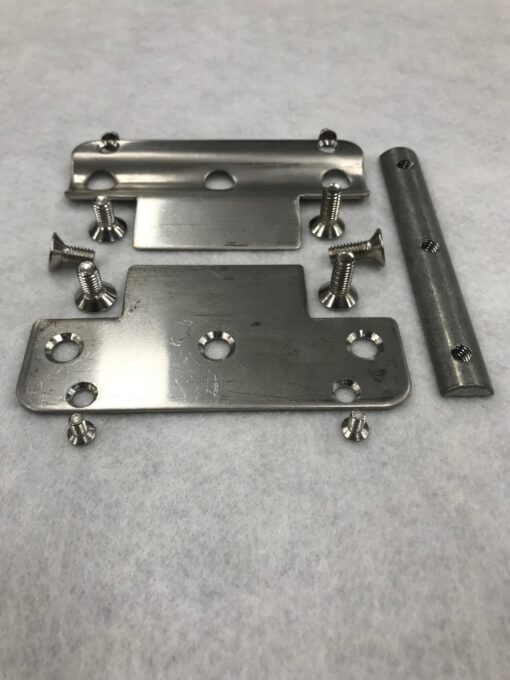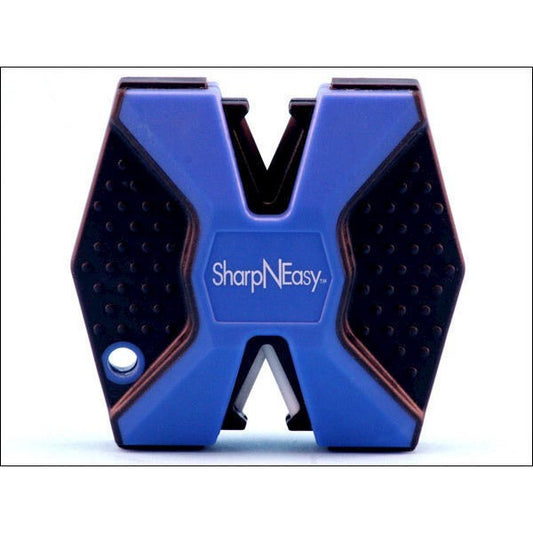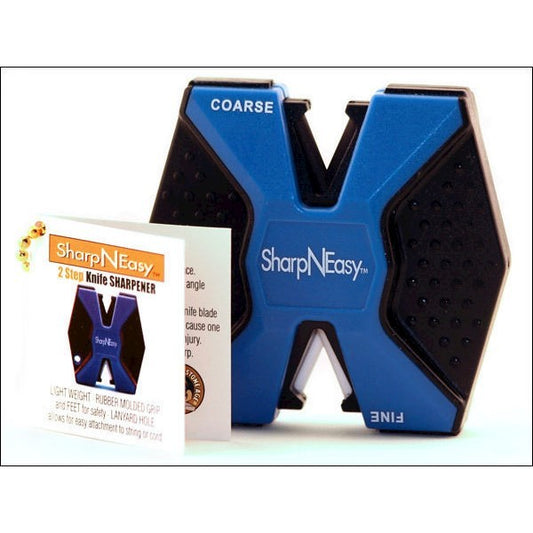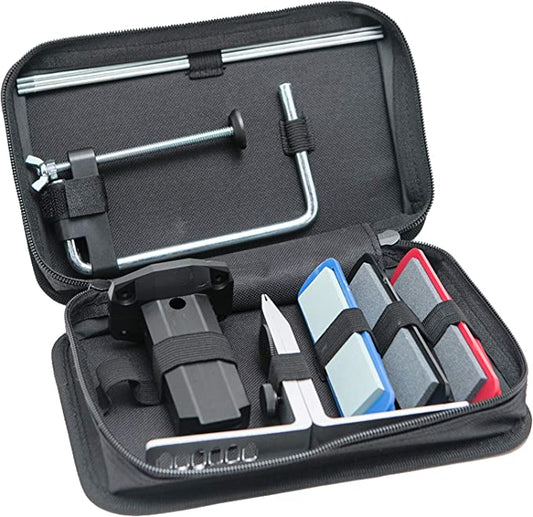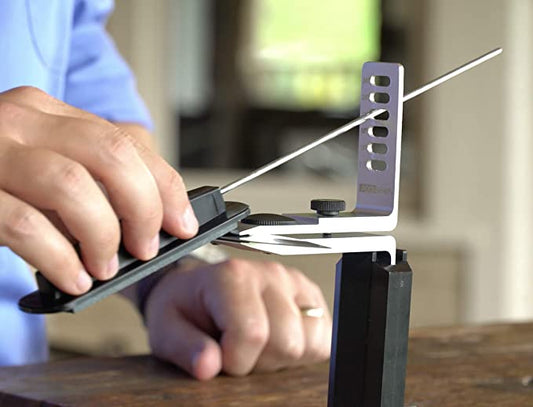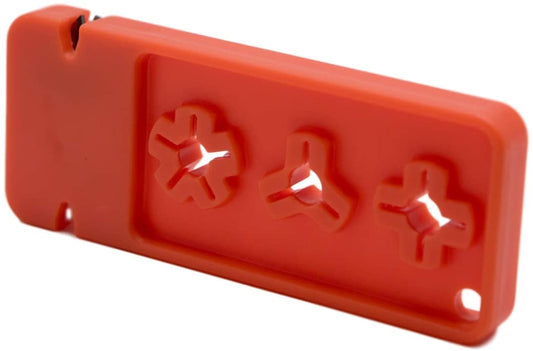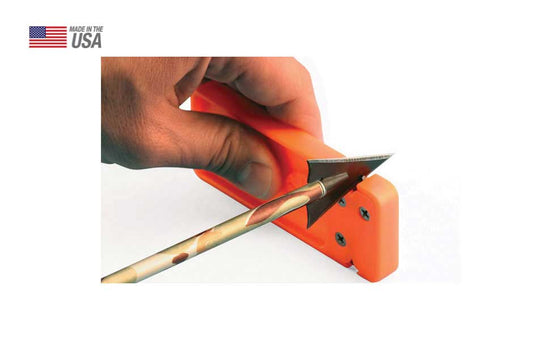The EZEsharp Blade Sharpener is the most versatile knife sharpening system on the market to date.
The Ezesharp Blade Sharpener, Designed in Western Australia & established in the 80’s was originally used for sharpening mulesing shears and commercial meat industry blades. We have Distributed this product for over 25 years and in 2018 purchased the company, we have been innovating the Ezesharp Blade Sharpener ever since to offer the best value for money sharpening solution from the commercial user to the recreational user
SHOP BY STYLE
-
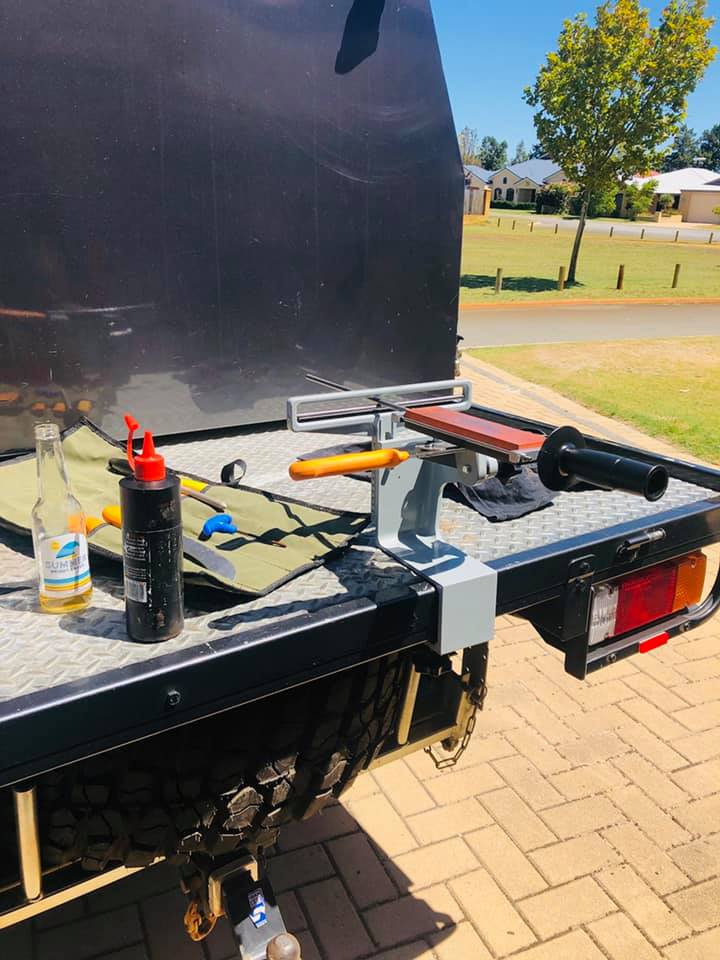
GUIDED SYSTEMS & KITS
Guided sharpening systems are designed to take the difficulty out of freehand...
-
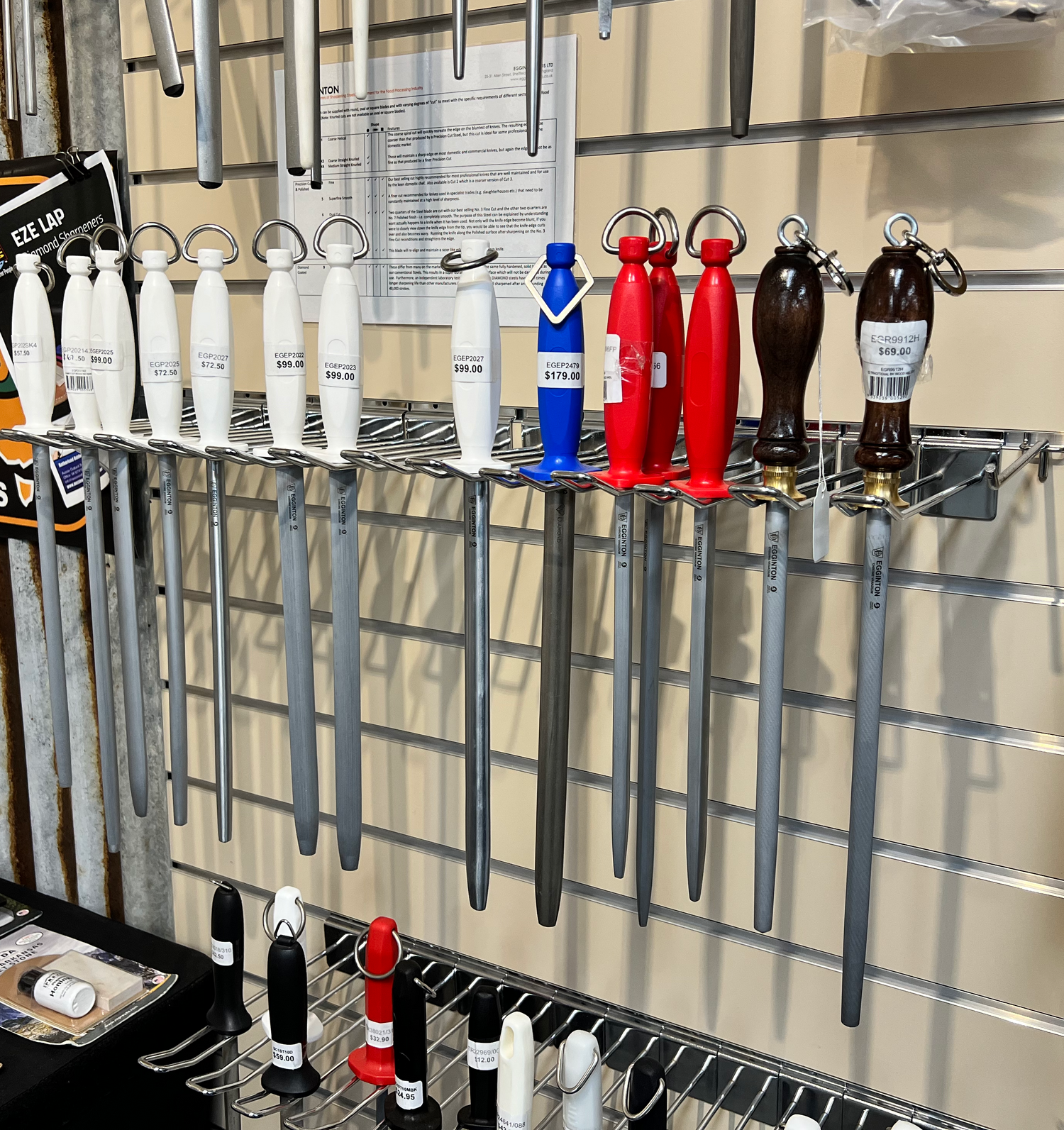
All Sharpening Steels
Sharpening steels are defined by a shaft, the most common types are Steel, Diamond...
-
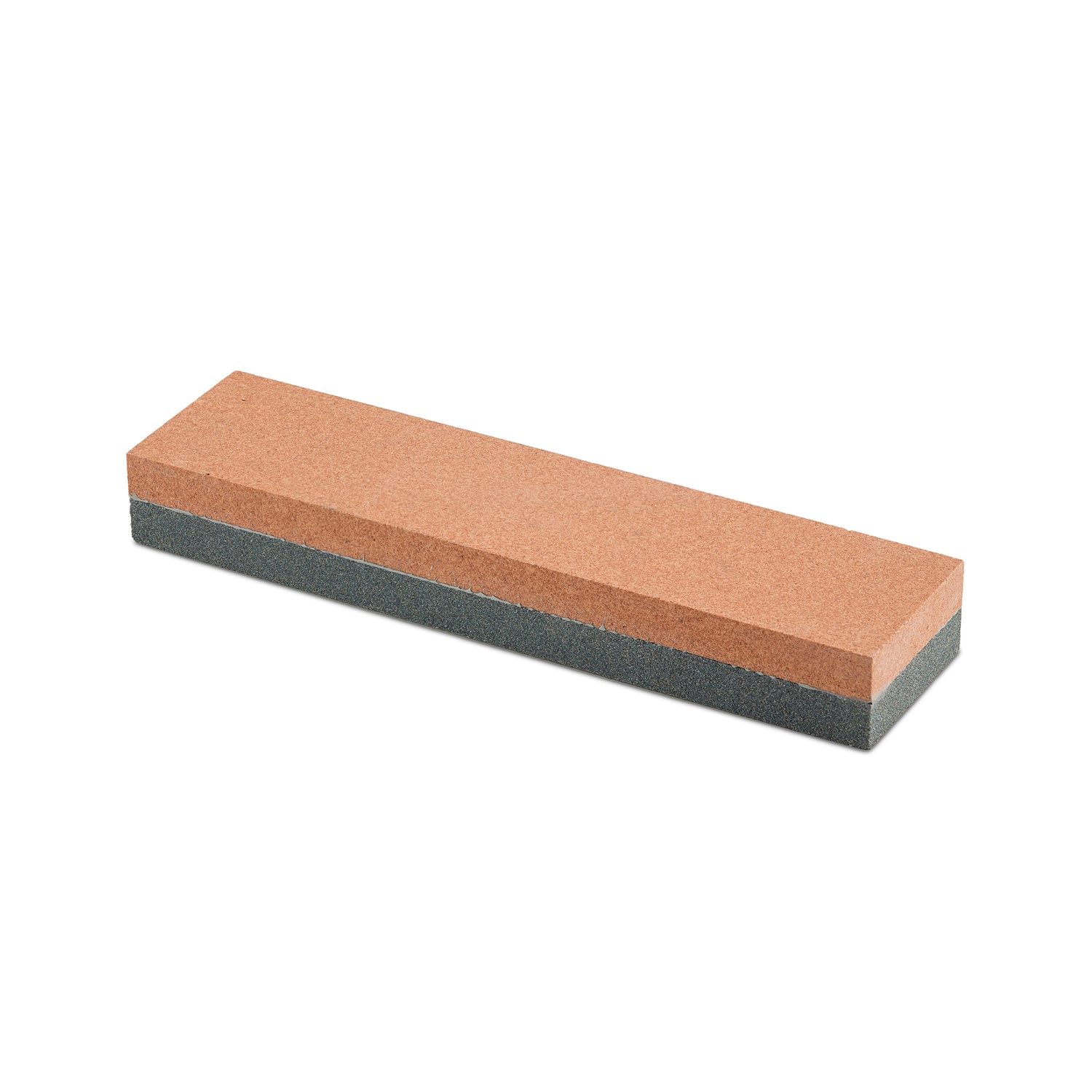
ALL BENCH STONES & PLATES
Bench Stones and Plates are an Integral requirement for sharpening your knives...
SEE OUR EZESHARP IN ACTION!
BEST SELLERS
-
10" High Carbon Steel Sharpening Steel Tramontina Low n Slow 38021/310
Regular price $32.90 AUDRegular priceUnit price per -
100mm Flip-Over for EZESharp Blade Sharpener
Regular price $79.00 AUDRegular priceUnit price per -
100mm Flip-Over Plates for EZESharp Blade Sharpener
Regular price $29.00 AUDRegular priceUnit price per -
20 CM MAGNETIC RACK ABS 38070/321
Regular price $15.00 AUDRegular priceUnit price per -
50mm Flip-Over Plates for EZESharp Blade Sharpener to suit smaller knives
Regular price $29.00 AUDRegular priceUnit price per -
ACCUSHARP 47TSC SHARP N EASY 2 STEP
Regular price $21.50 AUDRegular priceUnit price per -
AccuSharp 3-Stone Guided Kit w/ Bag
Regular price $119.00 AUDRegular priceUnit price per -
ACCUSHARP Broadhead Arrow Sharpener
Regular price $25.00 AUDRegular priceUnit price per
